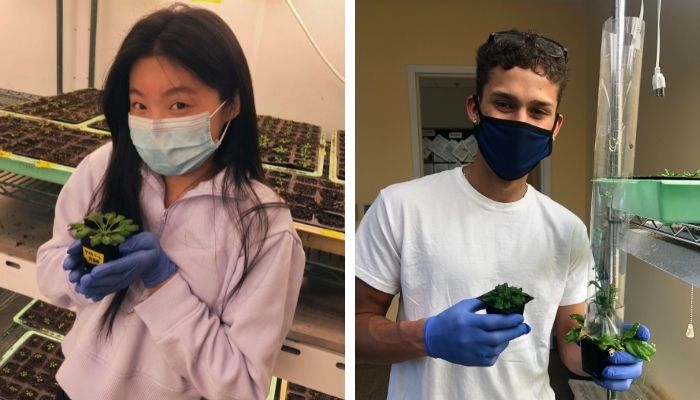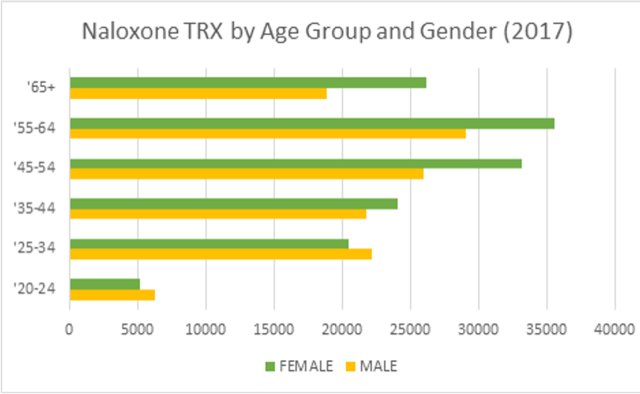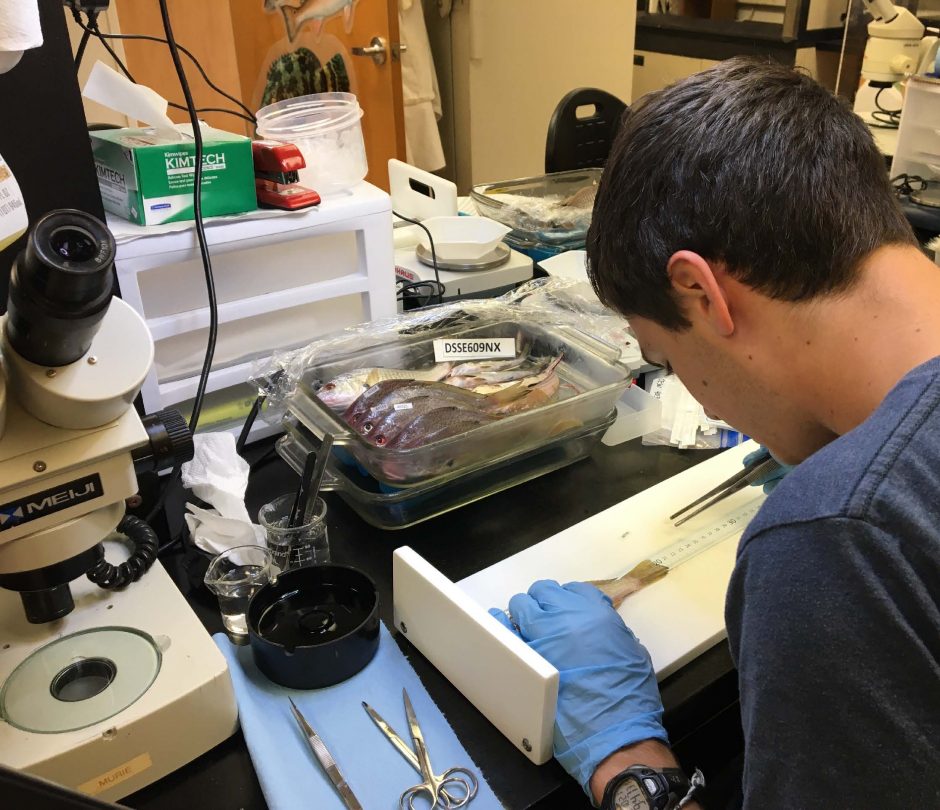Every spring, the Biology Graduate Student Association hosts the Undergraduate Research Assistantship Program (URAP) research symposium to showcase the research of Biology undergraduates. Students present talks and posters, just as they would at a regional, national, or international scientific conference. Due to the COVID-19 pandemic, undergraduate researchers not only adjusted their research projects, but also adapted to different presentation styles as the symposium moved online. The organizing committee adapted as well, taking the opportunity to examine and update the approach to hosting the symposium and to increasing undergraduate participation in general.

We spoke with the organizing committee (Biology graduate students Adania Flemming, Claudia Garnica Diaz, and Jessie Pelosi) about their experience planning the symposium this year. Much of their time was spent developing and disseminating resources to encourage undergraduates to begin their research journeys. As Flemming explained, “The idea of URAP was to encourage students who would not necessarily do research to consider doing so.”
With that in mind, the committee drafted examples of letters to potential advisors and increased outreach to undergraduates through the Office of Academic Support, the McNair Program, and other avenues. The committee also surveyed the department and advertised open research positions on the URAP website, drafted rubrics for judging presentations during the symposium, and developed an award for undergraduates new to research, the URAP Engagement Grant.
“The minute the presentation timer began, I was overcome with feelings of excitement, adrenaline, and a sense of pride in [my] research work,” recalled Gedrick Mangual, one of the participants.
In total, the symposium hosted 17 presentations (12 posters and five talks), spanning the disciplines of disease ecology, plant physiology, molecular evolution and human health.
“While organizing the presentations was a hefty load, the actual event went smoothly without any hiccups!” Jessie remarked. “We are incredibly proud of all the undergraduates who participated in research this past year.”

Many of the participants in the symposium found new ways to look at their own research or to show their work to others. Matthew Pham, who has been researching dispensation methods of the life-saving opioid withdrawal treatment Naloxone, leveraged skills learned in his Writing in the Medical Sciences course (ENC 3459) while preparing for his first symposium presentation. “I wanted to shape my presentation into a story so that I [was] not just discussing facts and details,” Matthew said, explaining that he focused instead on real world perspectives and applications. “I picked two variables I thought were most significant to discuss and shape into a story that attracts a wide range of audiences.”
Enrique Trevino, another first-time symposium participant, presented his research on the effects of pancreatic cancer on respiratory muscles in mice with different tumor loads, using microscope imaging and staining to visualize muscle fiber composition.

Enrique said that he prepared for his session by reviewing the material with his lab mentors and making detailed notes for each section of his poster. He also found answering questions to be a valuable part of the experience, stating, “I thought it was amazing and truly thought-provoking.” The Q&A session led Enrique to follow up with his faculty mentor for further discussion. “Some questions helped me understand the impact I had on other individuals and how much it means to have an impact on others,” he said.
Lin L. Lu and Gedrick Mangual co-presented their work on how plant immunity is driven by one of the proteins involved in producing mustard oil, the same substance which gives the namesake condiment its bite. Lin found that preparing the presentation gave new context to her research.
“The process of organizing and displaying my work in creative ways really kept me connected to my research,” she said. “It encouraged me to … step back and reexamine my data and the things I learned.”
For Gedrick, what stood out most were the connections among symposium participants: “Despite the fact that my fellow researchers presented such a grand variety of research projects, I feel that the URAP symposium fostered a sense of unity in our pursuit of knowledge and the study of our biological world!”
Garett O’Donnel was awarded Best Talk for his presentation on migration, symbiosis, and evolution of gall crabs and their coral hosts. Rebecca Molina was awarded Best Poster for her work on the effects of herbivores on wild indigo plants. The runners-up were Elijah Abraham, for his talk on how a fungal toxin affects the gene regulation in nematode worms, and Marral Pourmoghadam, for her poster on how immune responses affect the timing of CO2 release from Arabidopsis leaves.

Biology undergraduate researchers are driven, accomplished, and passionate, with a wide array of interests and expertise: from medical research to ocean ecology, and from experimental fieldwork to computational biology. You can view their presentations at the URAP 2021 webpage.